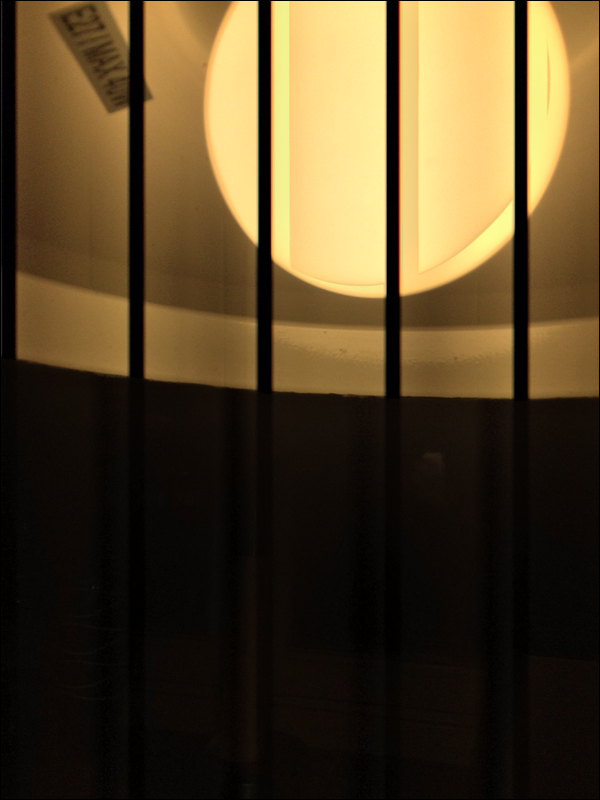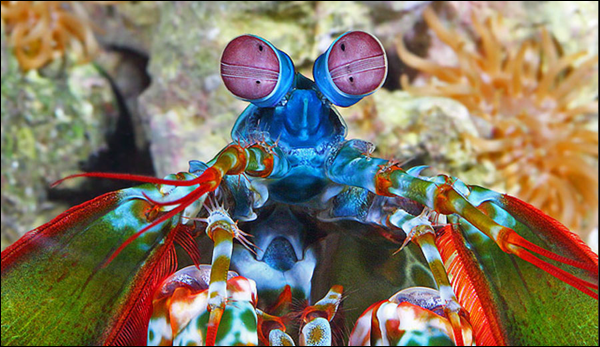Note!
Before reading this text you must accept and embrace the ideas of democracy, freedom of speech, the belief that rationality, science and the pursuit of truth are essential to the human endeavour.
And that you will under no circumstance use any part of this text in order to deny, question or defame the self-evident correctness of Charles Darwin’s theory.
Never. If I hear, read or get in close contact with the wording: revisionist?
Physics lessons later… it’s called infraction (I think). The black lines including the “shadows” were not actually visible at the time when the picture was taken. It has to do with wavelength among other things.
The light source is LED and the capture is digital (my phone camera). The source is much more uniform than say a lit candle, match or glowing cigarette. The light spectrum is different, it is much narrower.
It is the “cold” light that most observe, the digital camera can capture that difference felt by most. The light feels “cold, that’s probably because there are some bits and pieces of our visible spectrum missing.
Most insects and sea living creatures have a completely different visible spectrum. For example Mantis shrimp can perceive wavelengths of light ranging from deep ultraviolet (UVB) to far-red (300 to 720 nm), that is, infrared and polarized light.
If you were a shrimp and peeked at the sky and ordinary day? It would look quite differently. if you happened to be a Mantis shrimp, that is.
The shrimps perception of the World is radically different from any of us humans’ and bizarrely advanced. We have machines that can do that, but naturally, continuously and in parallel? I always and still until this day wonder how do we now for a fact what shrimps do and do not see?
The unanswered (according to me) questions existing in Charles Robert Darwin’s The Origin of Species by Means of Natural Selection, or the Preservation of Favoured Races in the Struggle for Life theory published on 24 November 1859 are clearly visible here (sorry).
The extreme specializations, plain exaggerations versus (system) optimization? The shear number of species is in itself not/never explained.
That is somewhat unsystematic and possibly problematic, in the theory itself. There’s no doubt in my mind that is correct, yet there seems to be a hidden complexity that is something all together different. There are temporal problems as well.
– Why would a crustacean, a shrimp develop (over millennia) the most advanced visual system that we know of?
– It is an evolutionary advantage and because there is time to do so.
– That is not an answer to the (my) question. Why does evolution have to take time? It seems rather more like a computational question?
Deep ultraviolet (UVB) to far-red (300 to 720 nm) and polarized light! The most advanced visual apparatus on the entire planet belongs to a species of crustacean, that is in fact a shrimp?
We build highly specialised and complex equipment: telescopes, satellites and other stuff in order to study the universe and then a species of shrimp are born with the ability to do the exact same thing, better, faster and simultaneously? That is just… bizarre.
– What about optimization? Deep ultraviolet to infrared and polarized light? A shrimp? Why?
– Well, it’s their natural habitat and they’re superfast and hey, they can’t still not detect X-rays?
– We can’t even build that into one unit and most definitely not on that scale? There is something really, really, fishy going on right here…
To a seeing entity the ones seeing other things must be the most extreme thing? Bats, dolphins and others “see” sound (echo-location) and the deep sea living creatures that never see the light of day ever… what about them and what about the concept of “reality”?
Sources: wikipedia.org/wiki + … and counting. Mantis shrimp credit.


